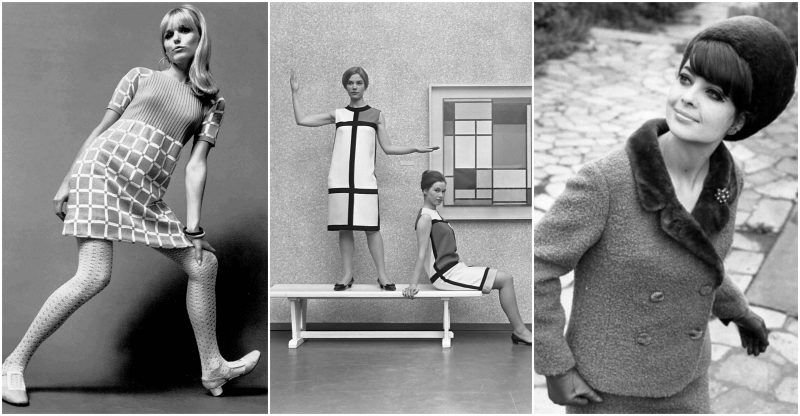It was a decade that broke many fashion traditions, mirroring social movements during the time; it was the Swinging Sixties, and everything was possible.
Until the 1960s, it was high profile designers from Paris and London who dictated styles worn by people.
However, during and after the 1960s it was young, common people who dictated fashion, and designers would attempt to keep up with the trends that they created.
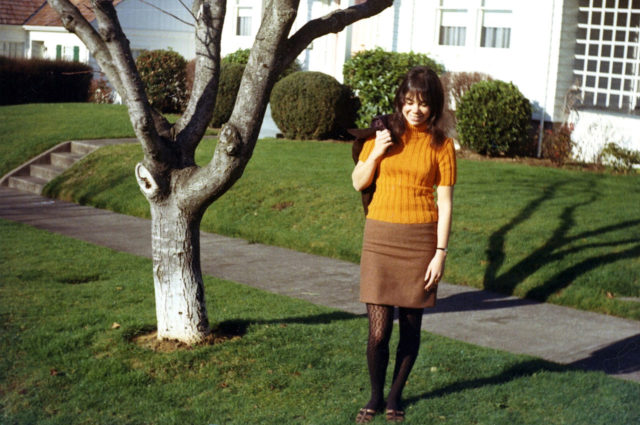
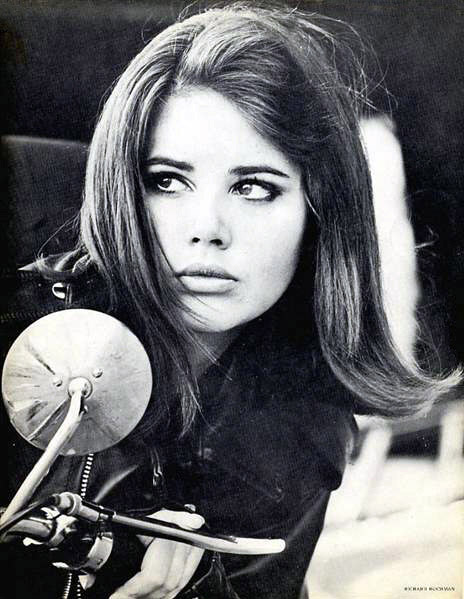
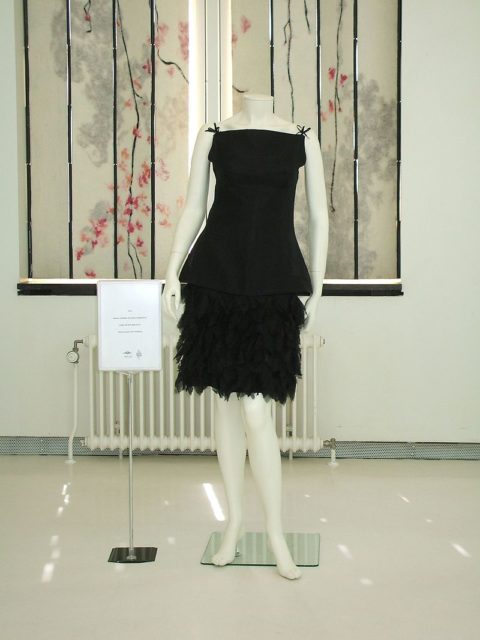
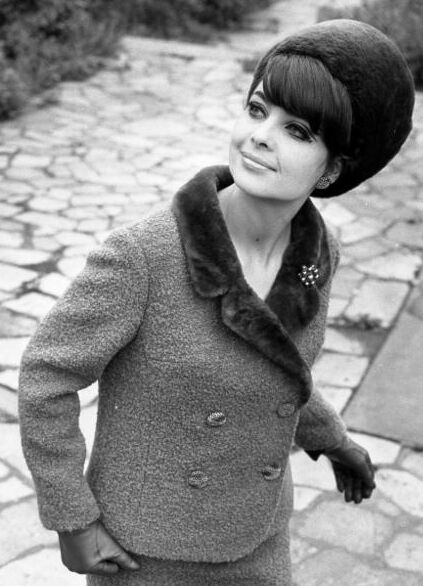
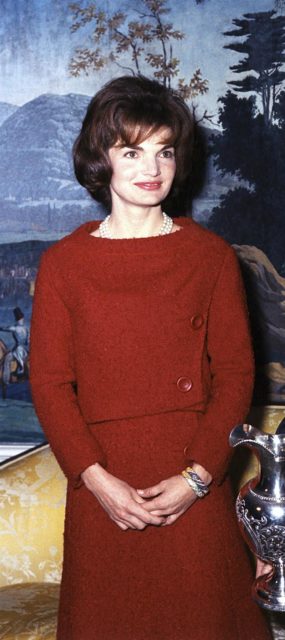
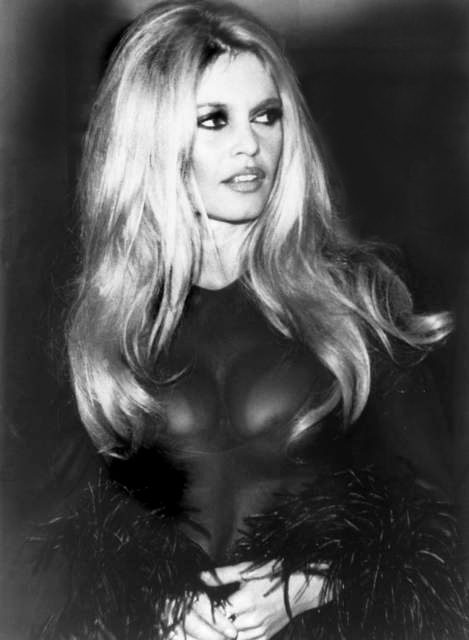
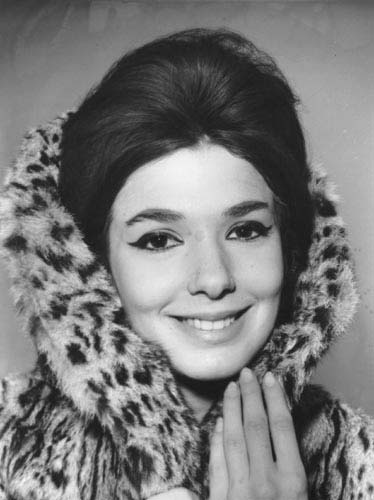
The 1960s were an age for fashion innovation for women. The early 1960s gave birth to the drainpipe jeans and capri pants, worn by Audrey Hepburn.
Casual dress became more unisex, and often consisted of plaid button down shirts worn with slim blue jeans, comfortable slacks, or skirts for the girls. Traditionally, trousers had been viewed by western society as masculine, but in the early years of the decade it had become acceptable for women to wear them everyday.
These included Levi Strauss jeans, which had previously been considered blue collar wear. The women’s trousers came in a variety of styles: narrow, wide, below the knee, above the ankle, and eventually mid thigh.
These mid-thigh cut trousers evolved around 1969, and became the modern shorts. By adapting men’s style and wearing trousers, women asserted their equality with men.
The fashion of the 1960s had many different varieties. For example, the mini dress was usually A-line in shape or a sleeveless shift.
In spring 1964, French designer André Courrèges introduced the “space look”, with trouser suits, white boots, goggles, and box-shaped dresses whose skirts soared three inches above the knee.
The go-go boots were one of the items that presented in the collection, and became one of the must-have item for go-go girls during the sixties.
These were mainly designed in fluorescent colors and shiny fabrics such as PVC and sequins. New materials other than cloth (such as polyester and PVC) started to become more popular as well.
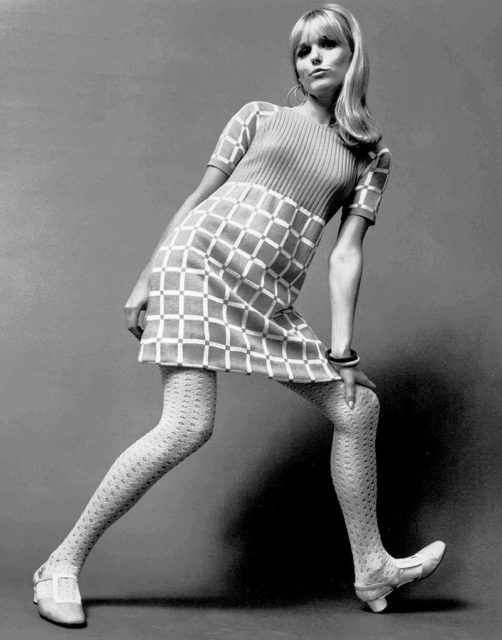
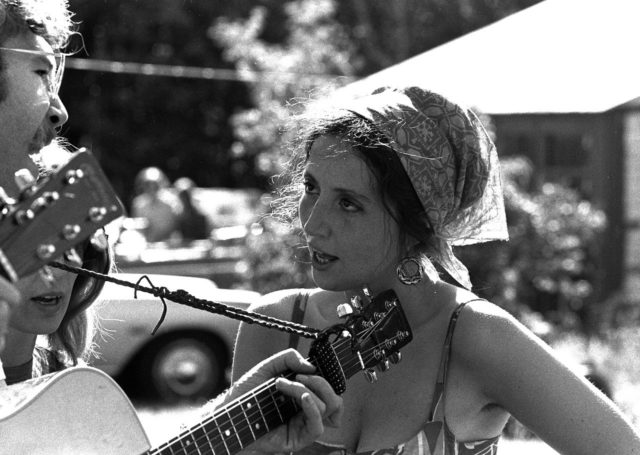
The leaders of mid-1960s style were the British. The Mods (short for Modernists) were characterized by their choice of style different from the 1950s and adopted new fads that would be imitated by many young people.
Mods formed their own way of life creating television shows and magazines that focused directly on the lifestyles of Mods. British rock bands such as The Who, The Small Faces, the Beatles, and The Kinks emerged from the Mod subculture.
The Mods were known for the Modern Jazz they listened to as they showed their new styles off at local cafes. They worked at the lower end of the work force, usually nine to five jobs leaving time for clothes, music, and clubbing.
It was not until 1964 when the Modernists were truly recognized by the public that women really were accepted in the group. Girls had short, clean haircuts and often dressed in similar styles to the male Mods.
The late 1960s produced a style categorized of people who promoted sexual liberation and favored a type of politics reflecting “peace, love and freedom”.
Ponchos, moccasins, love beads, peace signs, medallion necklaces, chain belts, polka dot-printed fabrics, and long, puffed “bubble” sleeves were additional trends in the late 1960s.
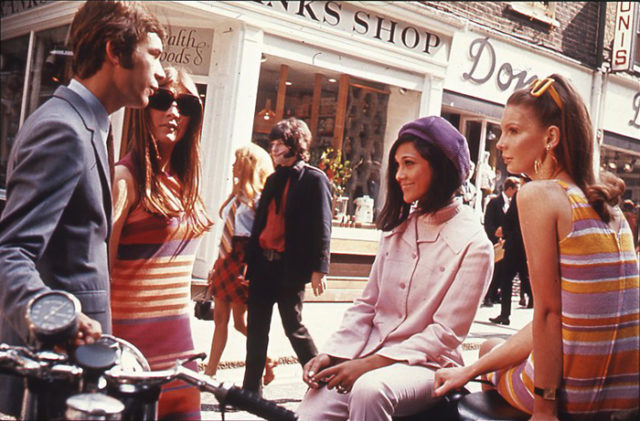
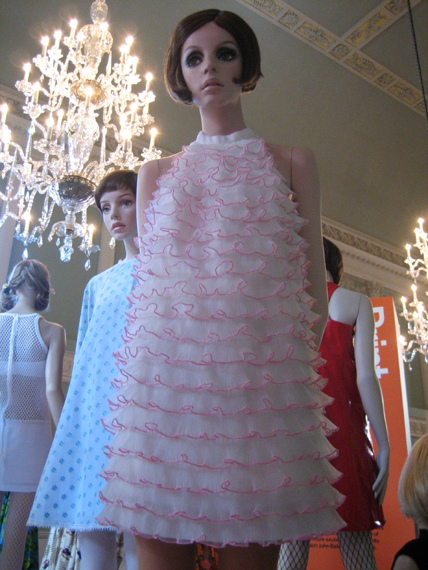
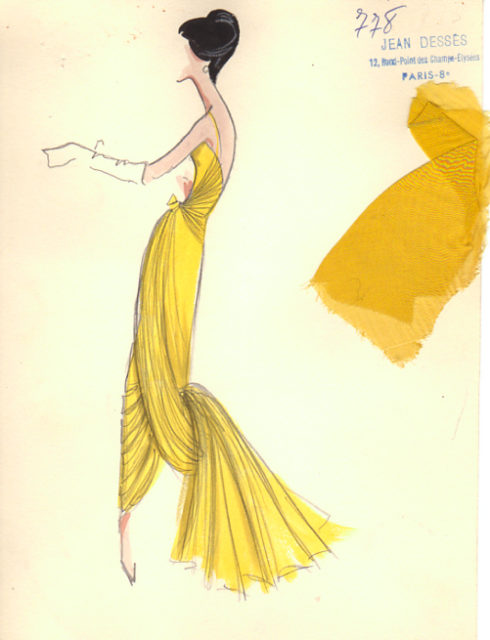
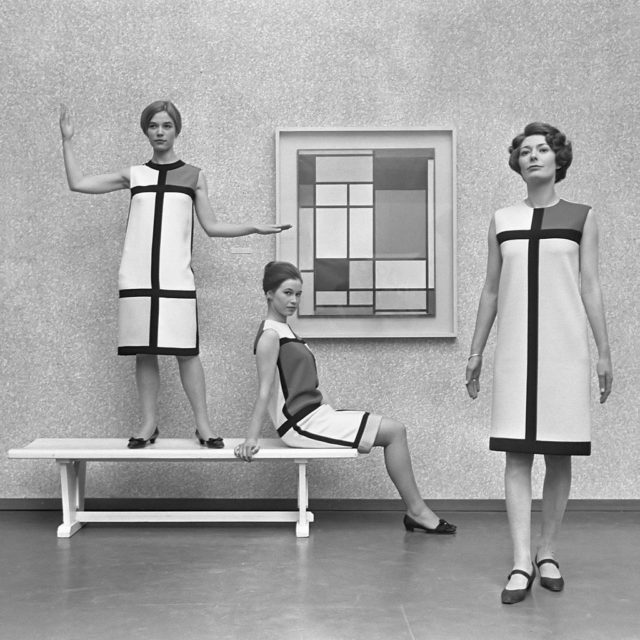
Both men and women wore frayed bell-bottomed jeans, tie-dyed shirts, workshirts, Jesus sandals, and headbands. Women would often go barefoot, and some went braless.
The idea of multiculturalism also became very popular; a lot of style inspiration was drawn from traditional clothing in Nepal, India, Bali, Morocco and African countries.
Because inspiration was being drawn from all over the world, there was increasing separation of style; though clothing pieces often had similar elements and created similar silhouettes, there was no real “uniform”.
